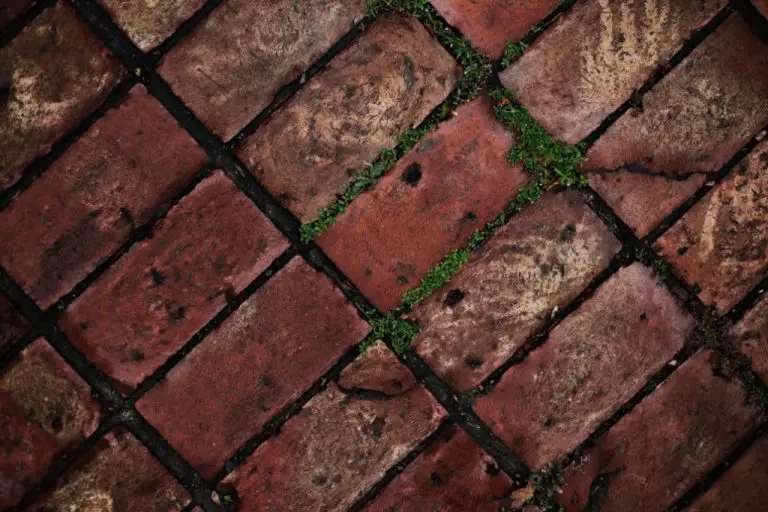What Is The Benefits Of Ceramic Tint?
Ceramic window tint is a type of window film made from ceramic nanoparticles embedded in the tint material. It provides various benefits compared to traditional dyed window films.
Some key benefits of ceramic tint include better heat rejection, UV ray protection, glare reduction, increased privacy, improved shatter resistance, and enhanced aesthetics. Ceramic films also come with a lifetime warranty from most manufacturers.
Heat Reduction
One of the main benefits of ceramic tint is its ability to block heat and infrared rays, helping keep your car’s interior cooler. Ceramic tint contains microscopic ceramic particles that reflect more of the sun’s infrared rays than traditional dyed tints. By rejecting this heat energy, ceramic tints can reduce the interior vehicle temperature by up to 30-50°F compared to untinted windows (Does Ceramic Tint Keep Car Cooler).
Ceramic particles in the tint form a barrier that blocks and reflects a significant portion of the infrared rays that would normally pass through standard tint. However, some heat will still penetrate the windows, especially on very hot days (WHY IS MY CAR STILL SO HOT AFTER CERAMIC TINT?). The tint cannot completely eliminate interior heat, but it does greatly reduce it compared to untinted or non-ceramic tinted windows.
By lowering interior temperatures, ceramic tint can help keep you cool and comfortable in your car, while also reducing the load on your AC system. The heat rejection and UV ray protection also helps protect interior surfaces from sun damage and fading.
UV Ray Protection
Ceramic tint blocks up to 99% of UV rays from entering the vehicle, providing superior protection against the sun’s harmful effects compared to traditional dyed films (Source 1). The nano-ceramic particles in the film reflect and absorb UV light, reducing damage to your skin and eyes as well as fading and deterioration of your vehicle’s interior from prolonged sun exposure (Source 2). By keeping UV rays out, ceramic tint protects both you and your vehicle’s interior from the damaging effects of the sun.
Glare Reduction
Ceramic tint is highly effective at reducing glare and improving visibility while driving. Ceramic particles in the film are designed to block infrared light and UV rays while allowing visible light to pass through. This means the tint blocks excess light that causes glare and eye strain without overly darkening the windows.
Studies show ceramic tint can reduce glare by up to 60% compared to traditional dyed films (Source 1). The tint improves visibility by preventing light scatter and distortion. Drivers report the tint makes a huge difference in glare reduction from the sun, especially at sunrise and sunset when glare can be blinding.
With less glare, drivers experience less eyestrain and fatigue. Reduced glare also enhances the ability to see more clearly out the windshield and windows. This leads to a safer and more comfortable driving experience day or night.
Increased Privacy
One of the key benefits of ceramic tint is that it provides increased privacy for your home or vehicle. Ceramic films feature a reflective metallic component that makes it very difficult to see inside from the exterior. This is especially useful for cars, as it prevents people from peering inside and seeing valuables that may be left in the vehicle.
Compared to traditional dyed films, ceramic tint does a superior job at preventing visibility from the outside. The metallic nano-particles in ceramic films reflect light away, resulting in a “mirror-like” look on the exterior windows. This makes it extremely difficult for passersby to see inside during the daytime or at night when interior lights are on.
For homeowners, increased privacy is also a major factor when considering ceramic tint. The reflective properties of the film make it nearly impossible to see inside rooms during daylight hours. At night, the tint prevents interior lighting from being clearly visible from outside. This added privacy is appreciated by many homeowners.
Overall, if limiting outward visibility is a priority, ceramic window films will provide a much higher level of privacy versus standard tinted films. The ability to keep the interiors of your home or car concealed from external viewers is a key benefit that ceramic tint offers.
Improved Shatter Resistance
One of the main benefits of ceramic tint is that it improves shatter resistance. Ceramic tint contains a layer of microscopic ceramic particles that help hold the glass together if it gets broken. This makes ceramic tint much safer than traditional dyed films.
When a window with regular tint is broken, the glass can shatter into dangerous shards. But with ceramic tint, if the window breaks, the glass will crack but remain together in larger, safer pieces thanks to the strength provided by the ceramic layer.
This shatter-resistant property can help prevent injuries in the event of an accident or vandalism. It also provides peace of mind and increased protection for passengers in the vehicle. Tests have shown windows with ceramic tint can withstand up to 350% more force before shattering compared to untinted windows (source).
Enhanced Aesthetics
One of the key benefits of ceramic window tint is that it provides a more subtle, upscale aesthetic compared to traditional dyed films. Ceramic tints utilize nano-ceramic particles that allow for a transparent metallic look that doesn’t darken windows as severely. This provides a classy, modern appearance perfect for luxury cars and high-end residential and commercial buildings.
While traditional dyed films tend to look somewhat unnatural with their opaque, mirrored finish, ceramic tints have a much more refined and elegant aesthetic. The tint is visible but very faint, often providing just a hint of color rather than a stark, darkening effect. This preserves views while adding a touch of privacy and UV protection.
For those looking to upgrade their property or vehicle with window tint that appears sophisticated rather than loud and overpowering, ceramic films are an excellent option. The sleek, barely-noticeable tint draws the eye in a subtle way without drastically changing the natural look of the glass. If you value refined style over performance-focused darkness, ceramic tint offers an appealing aesthetic enhancement.
Lifetime Warranty
One of the best benefits of ceramic tint is that high-quality ceramic films often come with a lifetime warranty. For example, manufacturers like 3M offer a lifetime warranty that covers bubbling, cracking, demetallization, delaminating, and discoloration as long as you own the vehicle (source). This provides peace of mind that the tint will remain durable and effective for the entire lifetime of your car.
Ceramic tint warranties are designed to cover defects for as long as you own the vehicle, without any mileage or time limitations. The warranty is fully transferable to future owners as well. This provides excellent coverage compared to traditional dyed films that may only come with 3-5 year warranties (source). With a lifetime ceramic tint warranty, you can be confident the tint will last and maintain its appearance.
When reviewing warranties, check what is specifically covered. Quality ceramic warranties often cover bubbling, cracking, peeling, demetallization, delamination, discoloration, and more. Make sure unauthorized film removal doesn’t void the coverage. And confirm that warranty registration is quick and easy. With a comprehensive lifetime ceramic tint warranty, you’ll enjoy durable protection and peace of mind.
CONS
While ceramic tint has many benefits, there are some potential drawbacks to consider as well:
Lighter tint levels may still allow more heat and UV rays to pass through windows compared to darker traditional dyed films, according to https://www.tintix.com/ceramic-tint-vs-standard-films-pros-and-cons/. So those wanting maximum heat or UV blocking may need to opt for a darker ceramic tint.
Ceramic tint films also tend to be more expensive than traditional tints. Prices can range from $300 to $800 for a full car installation depending on factors like vehicle make and model, according to https://www.globaltintusa.com/blog/2019/10/31/infographic-pros-and-cons-of-ceramic-window-tinting/. The increased cost comes from the advanced technology and materials used.
Conclusion
To recap, some of the top benefits of ceramic tint include heat reduction, UV ray protection, glare reduction, increased privacy, and improved shatter resistance. Ceramic tint can make your home or office more comfortable, protect your furnishings from sun damage, and even enhance security. The sleek, high-tech finish also provides an aesthetically pleasing appearance. Manufacturers typically back ceramic tint with a lifetime warranty, so it can be a one-time investment that pays dividends for years to come.
Still, ceramic window film isn’t necessarily the best choice for every situation. Factors like window exposure, local regulations, and personal priorities should be weighed. For the best results, consult a professional auto or residential tint installer. They can assess your specific needs and windows, recommend the ideal ceramic tint solution, and properly install the film to maximize performance and longevity.


